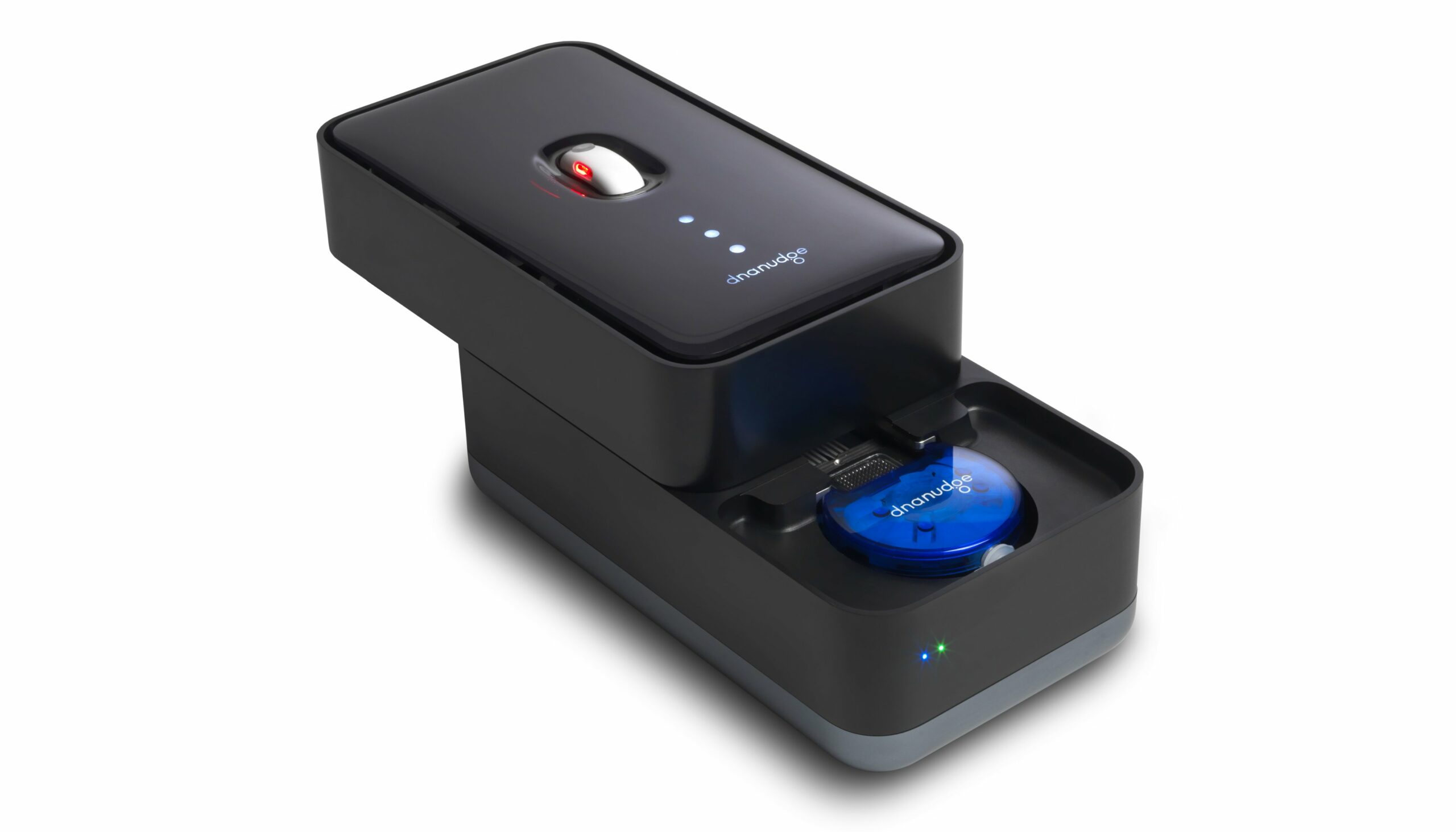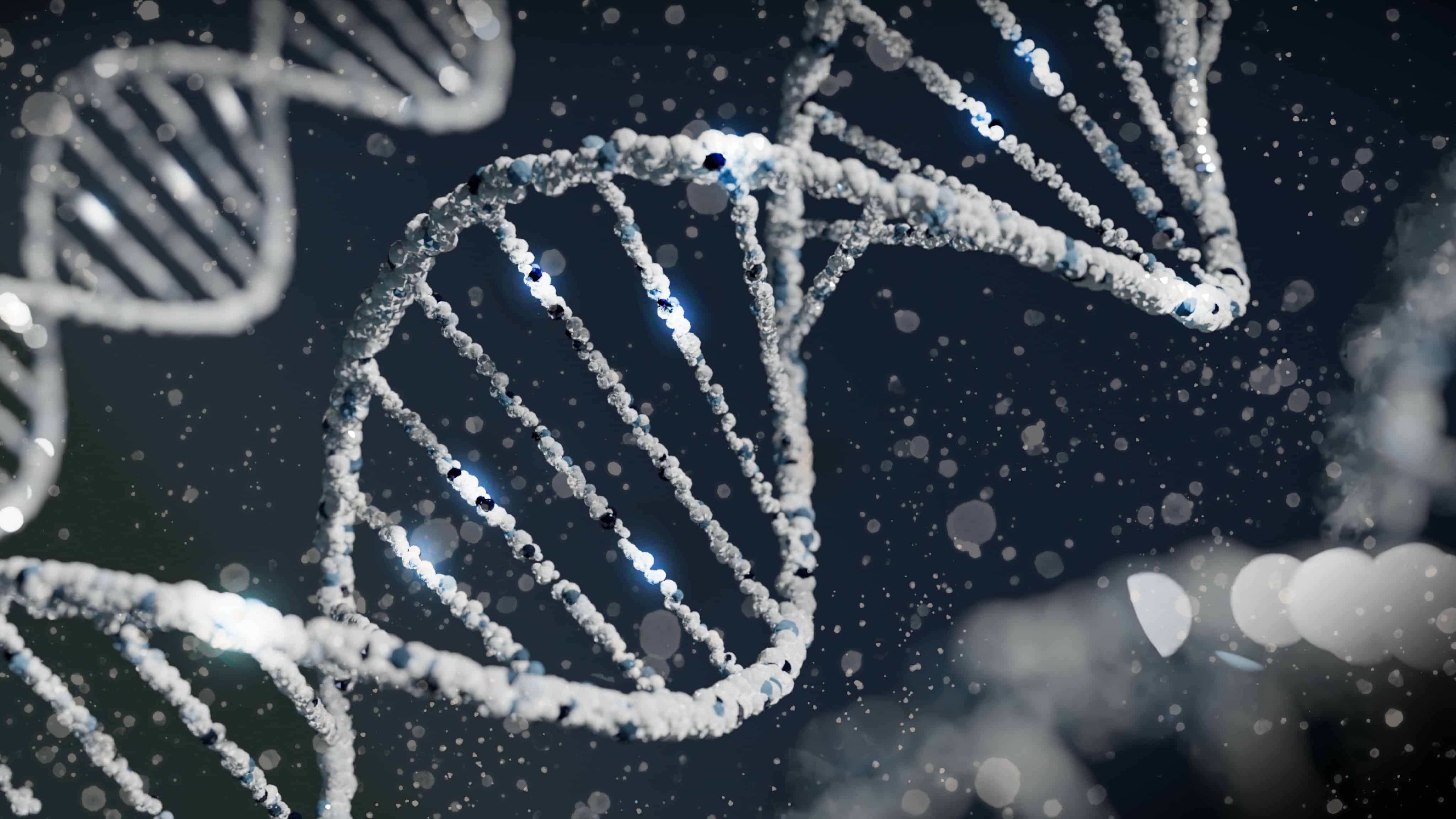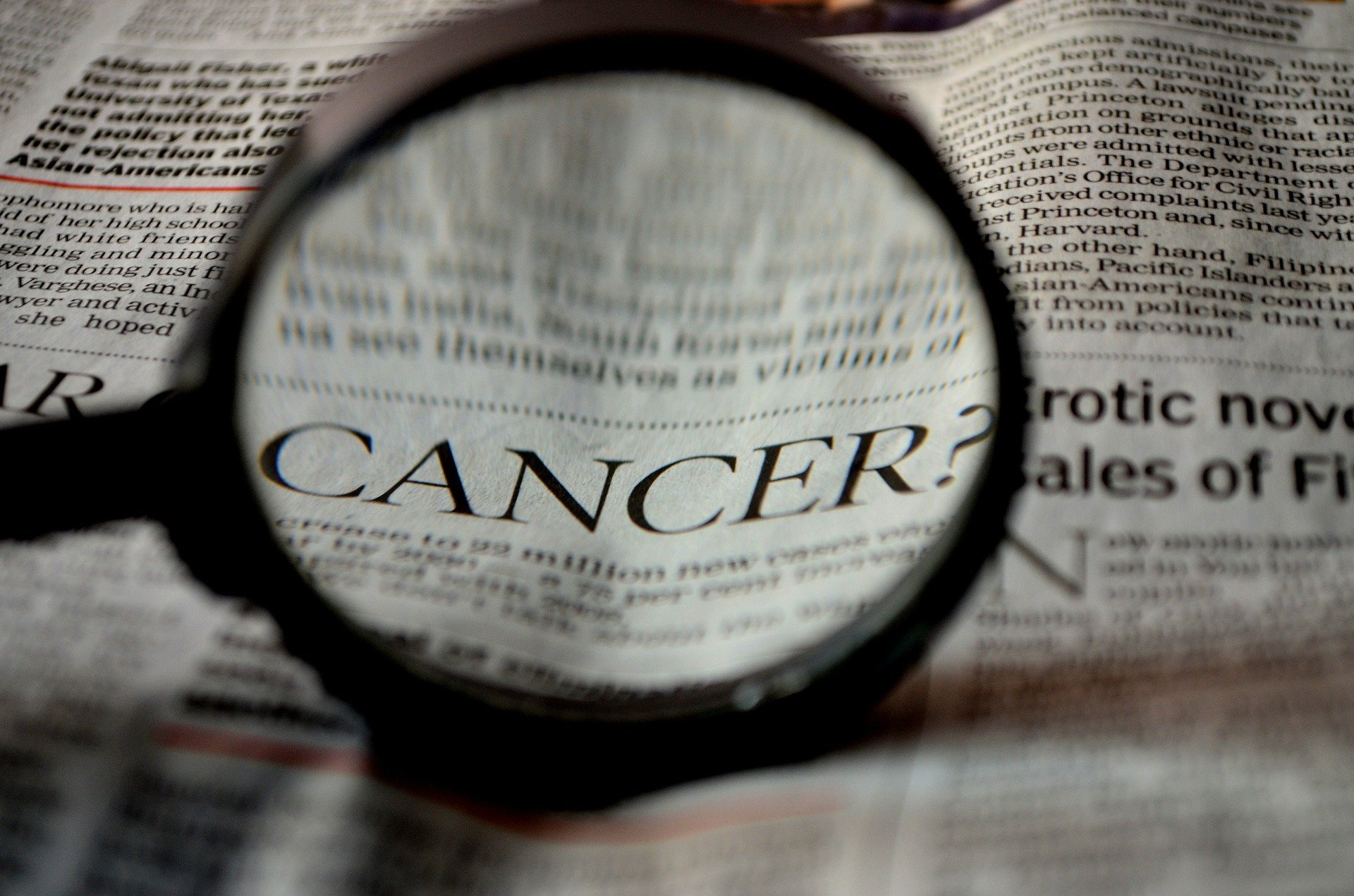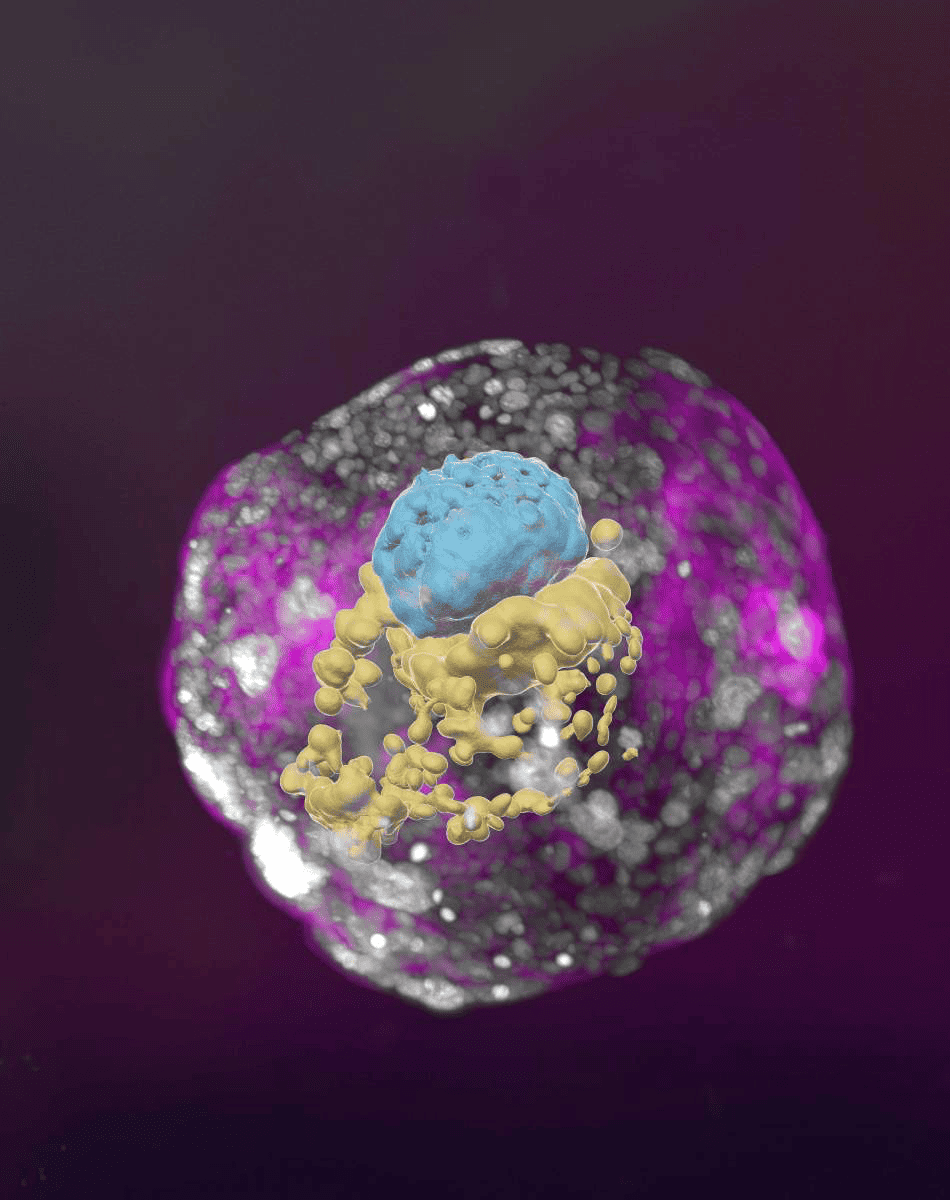
Scientists in the Technion Faculty of Biology have discovered a new mechanism that regulates DNA damage repair. The study, published in Molecular Cell, was conducted by Professor Nabieh Ayoub and members of his research group, Enas Abu-Zhaiya, Laila Bishara, Feras Machour, Alma Barisaac, and Bella Ben-Oz, writes Technion in a press release.
The genetic material (DNA) is a double-stranded molecule located at the nucleus of each cell of our body. DNA molecules can experience hundreds of thousands of lesions (mutations) each day. One of the most dangerous DNA lesions is a double-stranded break (DSB) that affects both strands of DNA. Fortunately, our cells contain hundreds of proteins that are involved in repairing these mutations and keeping our DNA intact.
How do cells repair DSB?
Defective DSB repair could lead to accumulation of mutations compromising the stability of our genome, which contributes to premature aging, developmental disorders, neurodegenerative diseases, and cancer. For example, loss of BRCA1 or BRCA2 gene (two critical genes for proper repair of DSBs) might lead to the development of breast and ovarian cancer. Prof. Ayoub’s lab is interested in understanding how cells repair DSBs and is focused on identifying new repair proteins and characterizing their role in DNA damage repair and cancer development. Their ultimate goal is to translate these discoveries into diagnostic and therapeutic approaches to selectively eradicate cancer cells.

Transcription refers to the process of copying the information in DNA to a new molecule of messenger RNA that can encode proteins. DSB induction that happens in close proximity to active genes inhibits transcriptional activity to avoid transcribing broken genes (known as DSB-induced transcriptional silencing). Importantly, failure to silence broken genes can cause cancer. While it is widely accepted today that DSB-induced transcriptional silencing is necessary for effective DSB repair, the mechanisms that ensure DSB-induced transcriptional silencing remain largely unknown.
Expanding knowledge on DNA
Recently, scientists from Prof. Ayoub’s lab discovered a dual role of CDYL1 protein in DSB repair and in DSB-induced transcriptional silencing. The researchers showed that CDYL1 protein is rapidly recruited to DSB sites and contributes to their repair. In addition, they discovered that CDYL1 protein participates in DSB-induced transcriptional silencing. Mechanistically, CDYL1 promotes DSB-induced silencing by removing a chemical modification called crotonyl (Kcr) from histones (proteins that wrap the DNA and control its activity) at DSB sites. The researchers found that contrary to the current dogma, DSB-induced transcriptional silencing is not required for intact DSB repair. Broadly speaking, these findings expand our understanding of the mechanism that regulates gene expression after DNA damage, and shed new insights into the crosstalk between DNA repair and transcription regulation.
Selected for you!
Innovation Origins is the European platform for innovation news. In addition to the many reports from our own editors in 15 European countries, we select the most important press releases from reliable sources. This way you can stay up to date on what is happening in the world of innovation. Are you or do you know an organization that should not be missing from our list of selected sources? Then report to our editorial team.






